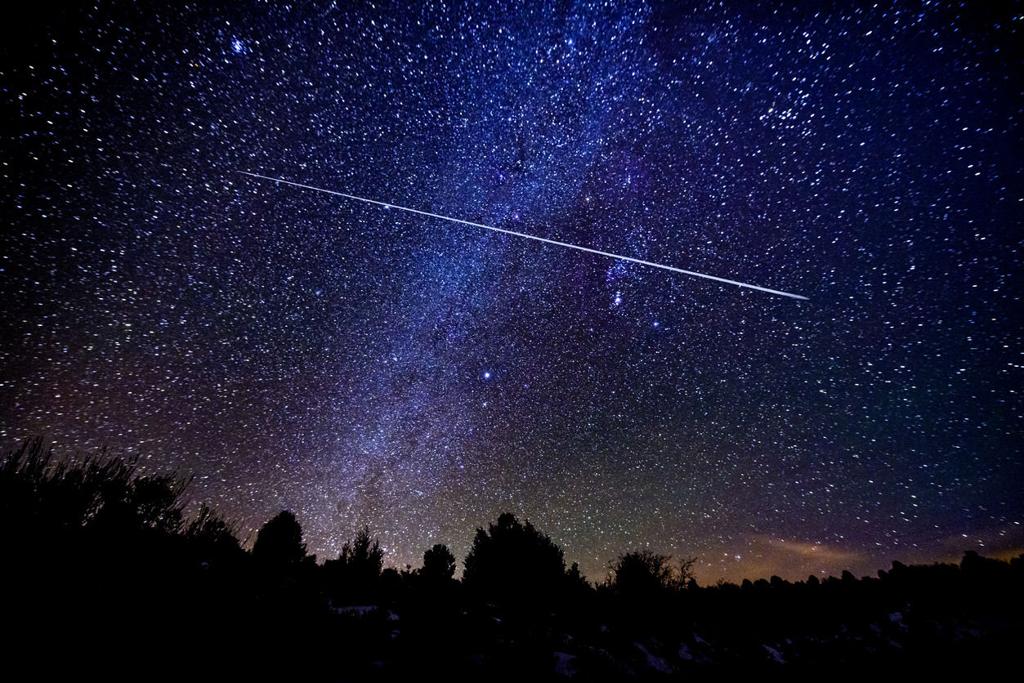
As November begins, the leaves aren’t the only things that will be falling from the sky. The season also brings an astronomy extravaganza in the form of not one, but two #Taurid #meteor showers. That's right: The Taurids are the meteor shower that’s so nice, we get to see it twice, with the Southern Taurid shower peak occurring in early November and the Northern Taurid meteor shower peaking a little later this month.
Meteors are small bits of space rock and dust that fall from passing asteroids and comets and which burn up as they enter the Earth’s atmosphere and fall as shooting stars. The Southern Taurid meteor showers are made up of pieces of detritus come from the comet Encke, a three-mile-wide chunk of ice which is visible from Earth every three years or so.
The Northern Taurids, meanwhile, come not from a comet but from an asteroid named 2004TG10, whose orbit around the Sun is similar to that of comet Encke.
Both Taurid meteor showers get their name because they appear to originate in the Taurus constellation, close to the star Aldebaran, although there is no connection.
The Southern Taurids come first. The Southern Taurids have been going on since mid-September but aren’t expected to peak until Nov. 6. They’ll continue on until Nov. 12. The Northern Taurids will follow a week later, with an expected peak on the night of Nov. 13 and ending on Dec. 2.
Unlike some other meteor showers, like the Orionids, the Taurids are not known for quantity, but rather quality: Just five meteors are expected to fall per hour, but they are known for being particularly bright and easy to spot. They’re also known for lasting longer than other meteors as the bits of rock thrown off the Encke are typically large and take longer to burn up.
